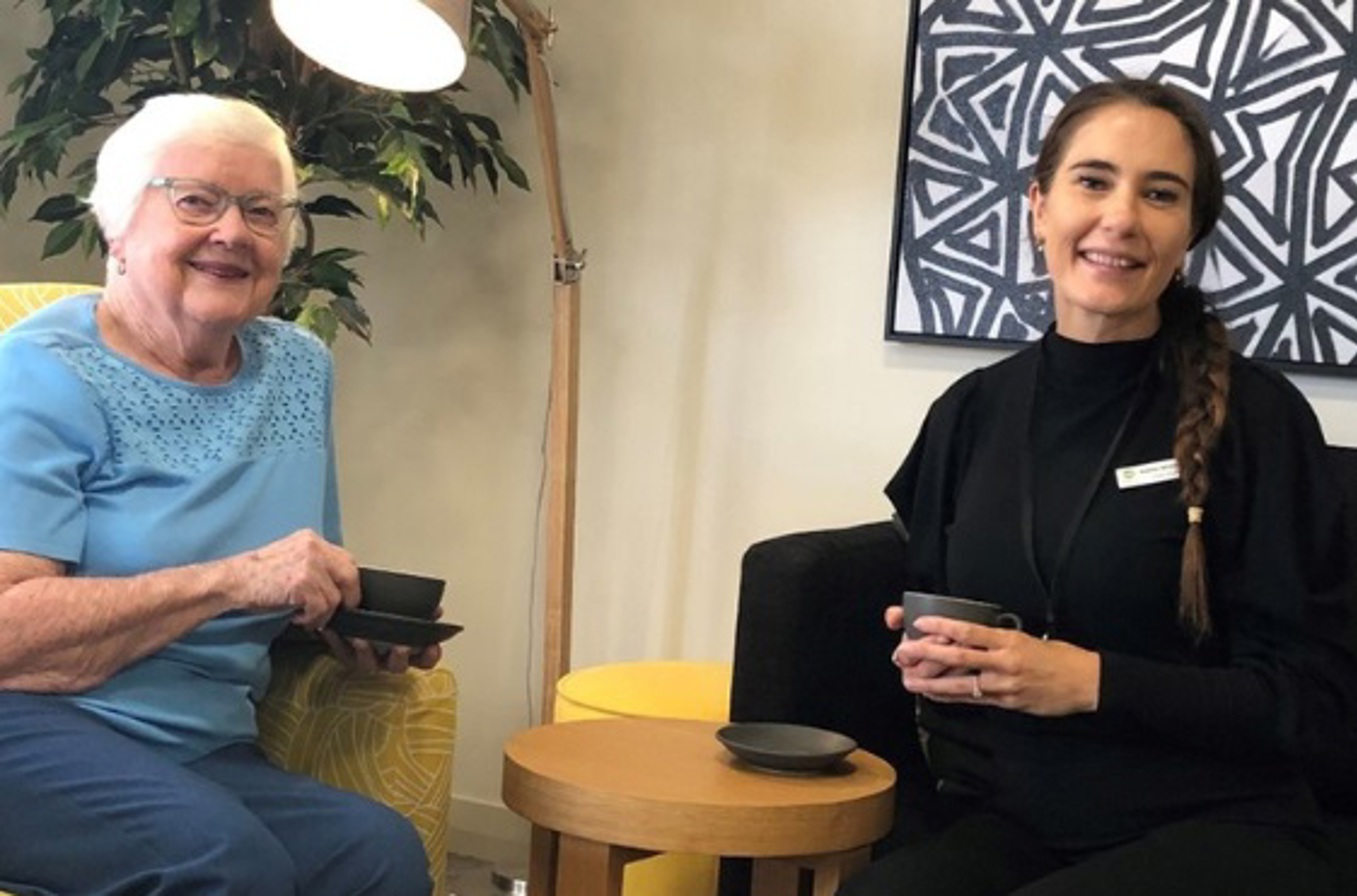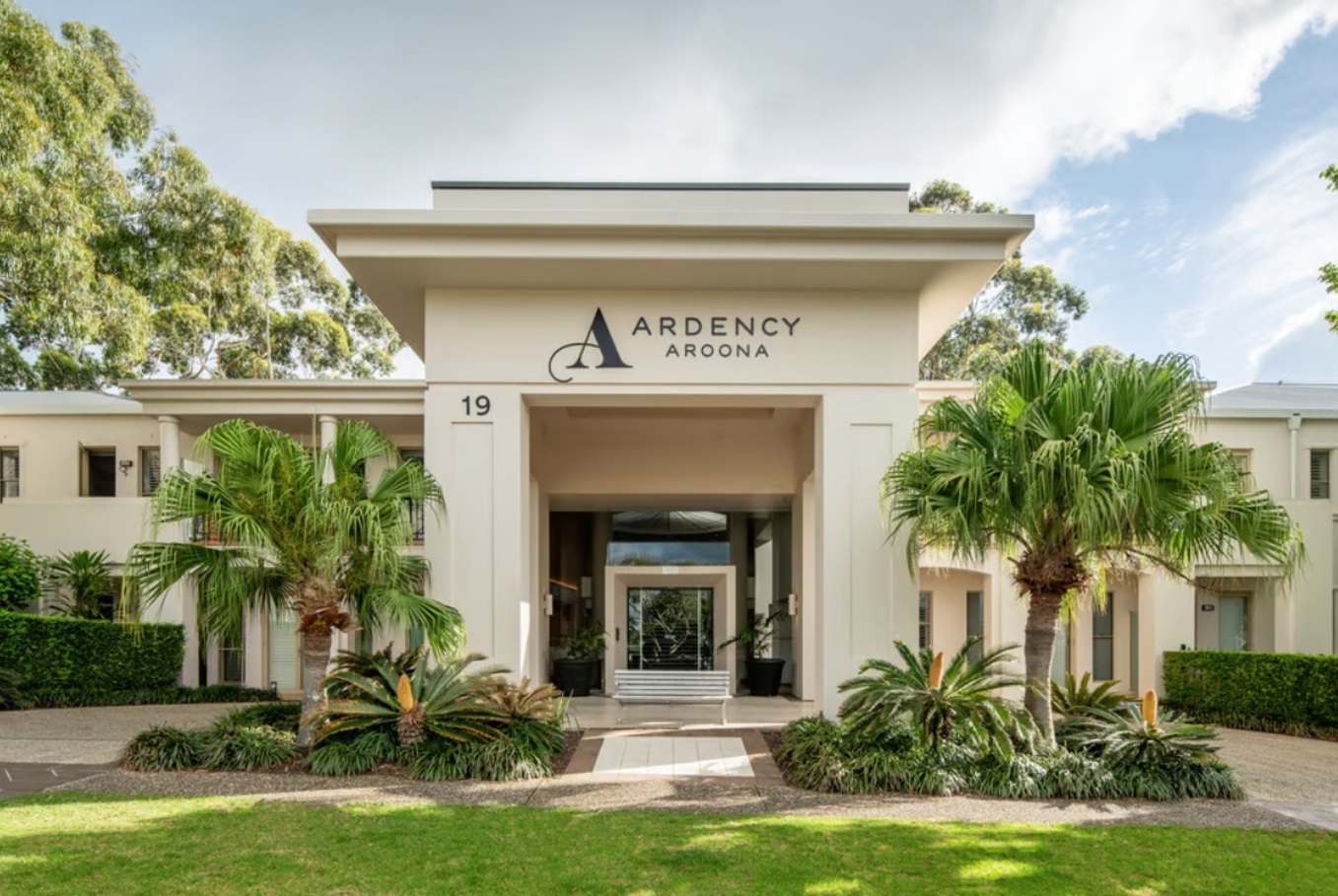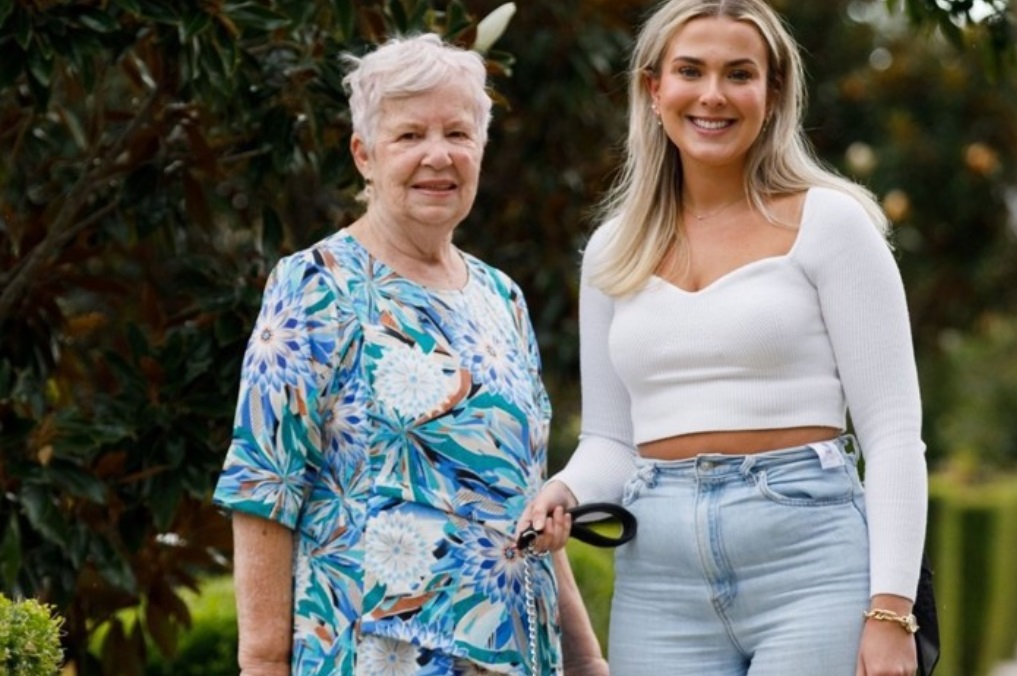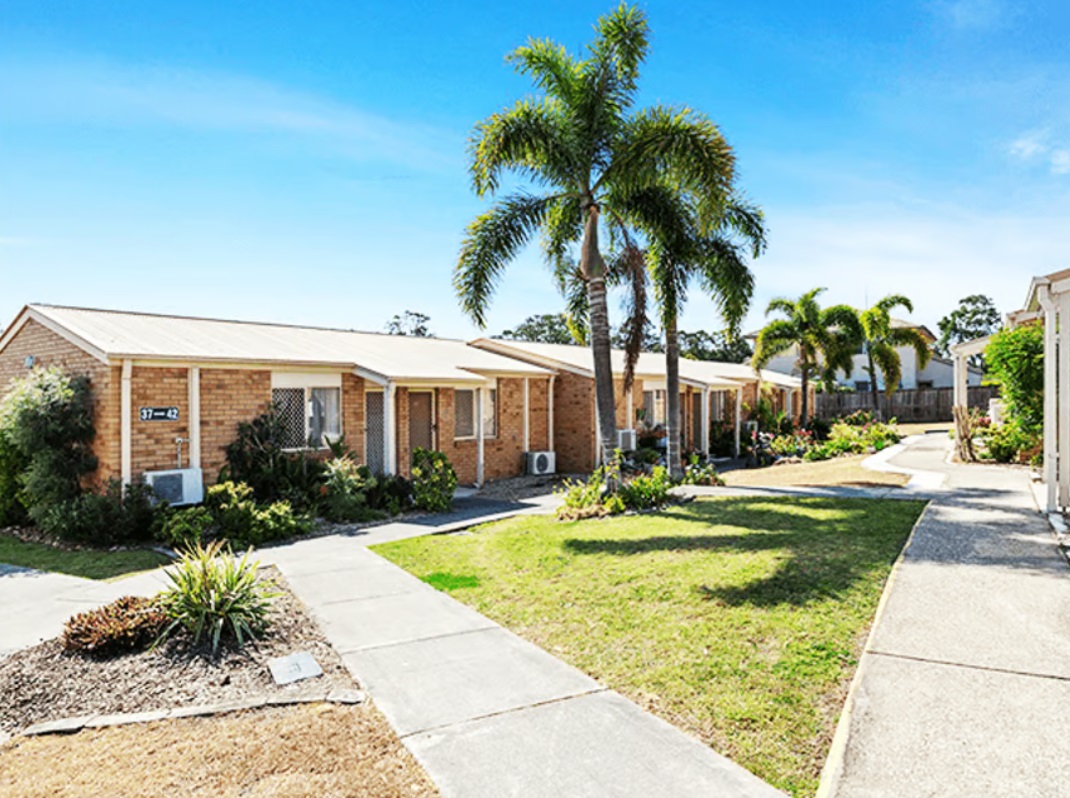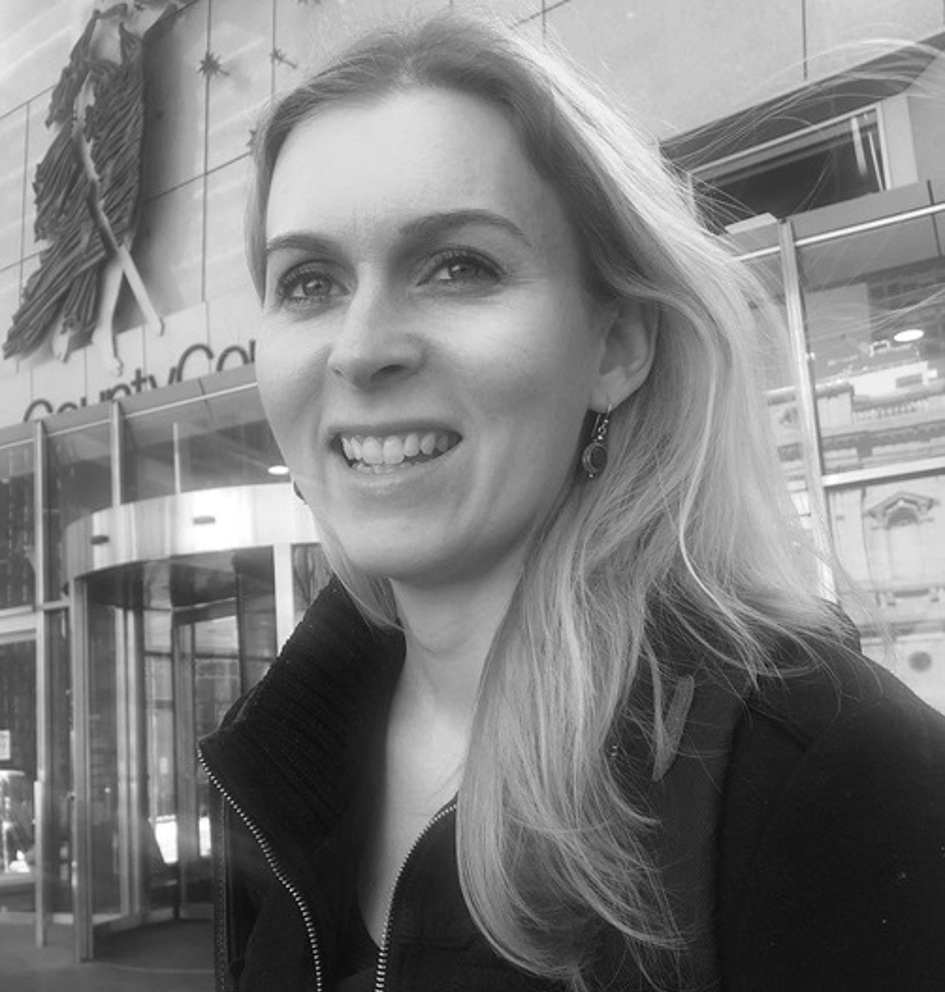Retirement villages without exit fees? They’re happening! | Aged Care 101

Retirement village exit fees have long been considered an unavoidable fact of life, much like death and taxes.
The retirement village operator defers the payment of fees and charges until after the resident leaves, allowing the resident to purchase the property at a lower price and giving them more money in their pocket to enjoy their retirement years.
Exit fees are intended to cover the retirement village operator’s costs, such as maintenance and refurbishing of the property before it is sold on to the next resident. They are deducted from the sale price of the property.
However, exit fees can have a significant impact on the amount you receive when you move out – the final payout may come as a shock, sometimes due to a lack of clarity about the fees being charged.
Now, some of Australia’s largest retirement village operators are looking at new ways to pay for retirement villages that don’t include exit fees – indeed, there are calls for some exit fees to be banned.
What are exit fees in retirement villages?
Buying property in a retirement village is not the same as buying regular residential property.
One of the biggest differences is the retirement village operator charges fees for managing the property and for the lifestyle facilities provided.
Most retirement villages charge exit fees – fees you pay when you leave the retirement village and are paid out of the proceeds of the sale price.
There are a range of exit fees.
- Deferred Management Fees (DMFs) are calculated as a percentage of the price of the property when it is sold. A typical DMF is 10% if you live in the property for one year and 35% for three or more years.
- Ongoing charges may also be paid, which cover costs such as maintenance, repairs and insurance.
- Some retirement villages also charge a percentage of the capital gain made on the property when it is sold. In New South Wales, this fee can be as high as 50%.
- You may also have to pay real estate sales and marketing fees out of the proceeds of the sale of your retirement village property.
You can see how exit fees could quickly erode the proceeds from a sale price.
Do all retirement villages have exit fees?
No, there are some retirement villages without exit fees.
Why do retirement villages offer new payment models that don’t require exit fees?
With more retirement villages being built to cater for the ageing population, there is more competition among retirement villages for customers. In this more competitive market, operators are finding new ways to attract customers, such as getting rid of exit fees.
There are also regulatory changes in the retirement village market.
National Seniors Australia is calling for DMFs to be made illegal in new retirement village contracts, for example.
Laws vary from state to state, but there are also stricter rules about how much you can charge for exit fees and rules about the timing of sale proceeds are also being introduced around the country.
Land lease communities, an alternative to retirement villages, are also becoming increasingly popular. When you purchase a land lease property you buy the house but the operator retains the land. You don’t pay exit fees when you leave land lease communities.
The pros and cons of exit fee-free retirement living
Pros
No exit fee retirement villages are more transparent – you pay your fees upfront so you have peace of mind about the costs. There should be no nasty surprises when you leave.
Cons
However, there are some cons. Paying more up front means you might be less inclined to pay for services than you would if you were paying for them at some unknown time in the future. This could impact your lifestyle.
Also, what happens to your fees paid up front if the retirement community closes or if something goes wrong – is your investment secure?
As you can see, whether or not to pay exit fees is an important factor to consider when moving into a retirement village.
What are the financial implications for residents?
Retirement villages with no exit fees give you certainty – you know what you are paying up front, what you will pay every month, and how much you will have when it comes time to leave.
While paying exit fees for your retirement village property might mean you have more money in your pocket to start with, it can happen that you end up with less than you’d expected when it comes time to sell.
Deciding whether to pay fees up front or when you leave is an important factor to consider when moving into a retirement village. You may require the advice of a financial planner to help you make your decision.
Regulatory landscape and future trends
There are significant regulatory reforms happening in the retirement village landscape, including around exit fees. The states are introducing rules limiting the size of exit fees and the timing of paying out the proceeds of retirement property sales.
Retirement village contracts can be confusing, and too often people buying into a retirement village do not read the fine print.
National Seniors Australia is calling for states and territories to introduce rules that require retirement village contracts to outline all fees and charges in plain English and to include tables showing how exit fees will change over time in dollar terms.
They are also proposing that DMFs should be illegal in any new retirement village contract.
With every state having their own retirement village laws, National Seniors Australia is calling for the laws to be standardised nationally.
It seems further reforms in this area are likely.
Case studies
Retirement village operator Keyton, formerly Lendlease Retirement Living, has introduced exit-fee free retirement village options. Residents can choose from three options:
- Prepaid plans where you pay for the price of your property and an up-front management fee, when you leave the retirement village you receive the sale price of your home including any capital gains, minus selling costs, legal fees, and reinstatement costs
- Refundable contributions where you pay an upfront contribution that is repaid within 60 days when you leave, with no selling or management fees – some wear and tear or damage costs might have to be repaid
- Pay as you go where you pay a security deposit which is repaid when you leave the village, a non-refundable establishment fee, as well as monthly instalments
It’s significant that one of Australia’s oldest and most trusted retirement village operators has introduced exit-fee free retirement villages.
Conclusion
Exit fees allow you to buy a property at a more affordable price because you pay the bulk of the fees when you leave, giving you more money in your pocket to spend on your home and lifestyle in the present.
But exit fees can be complex for residents to calculate, and might leave them worse off than expected. It might mean they have less money for care or to leave loved ones when the time comes than they’d hoped for.
Innovative retirement village operators have begun to offer exit fee-free contracts because of the advantages they offer residents – they are something you should consider when choosing a retirement village.
You can find more retirement living options at villages.com.au
Image - Keyton's Ardency Aroona

